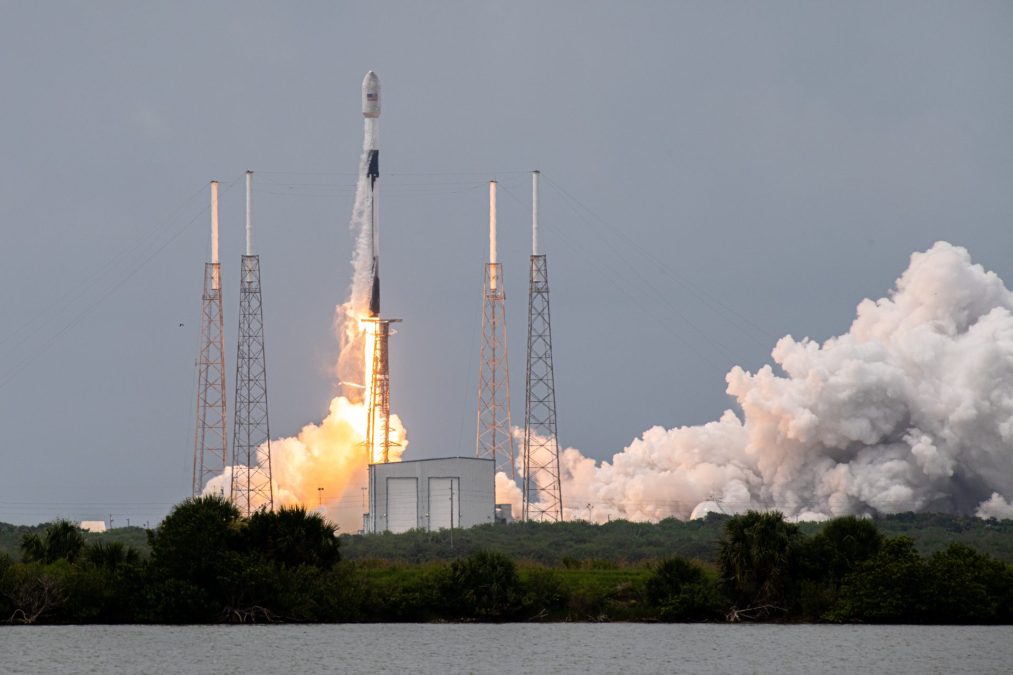Space Development Agency about to issue solicitation for new missile tracking satellites

The Pentagon’s Space Development Agency will issue a solicitation in the next week or two for a tranche of low-Earth orbit satellites dedicated to tracking enemy missiles, a senior defense official said Tuesday.
Tranche 1 will include 28 spacecraft, and SDA intends to award contracts to at least two vendors to build the systems, which are expected to begin launching in early 2025, the official told reporters on condition of anonymity during a background briefing on the agency’s plans.
About $550 million that was allotted to SDA in the recently passed fiscal 2022 omnibus appropriations bill will help fund the initiative. The total budget for tranche 1 is expected to be about $2.5 billion, according to the official. The Department of Defense will use other transaction authority (OTA) agreements to acquire the technology.
The systems are expected to be operational by the end of 2025. The solicitation follows a previous initial tranche for the tracking layer, for which contracts were awarded to SpaceX and L3 Harris Technologies.
“It is a first in the ability to be able to do global coverage for the missile tracking mission,” the official said of the new tranche.
“Right now, the department has satellites that provide global missile warning capability to essentially detect launches of missiles, but nothing that can actually detect [and track] the new advanced missiles” that adversaries are fielding such as hypersonic glide vehicles, the official explained. The new constellation of spacecraft in low-Earth orbit (LEO) would be the first to provide that capability on a global scale.
Historically, the Pentagon has procured and deployed large, multibillion dollar satellites for early missile warning and other missions. U.S. officials have warned that those systems and constellations are highly vulnerable to adversaries’ counter-space weapons that could disrupt or destroy them.
SDA plans to change that paradigm by fielding large numbers of proliferated, relatively inexpensive satellites in LEO. The multi-tranche architecture will include a tracking layer and a data transport layer.
The cost of the systems in tranche 1 of the data transport layer has been less than $14 million per system, according to the official, who did not provide a cost estimate for the tracking layer satellites.
“We’ve shown that the proliferation does in fact drive the price of the satellites down, and … that allows you to perform these proliferative missions with a constellation that’s large, but still do it affordably as if you were doing it from a handful of very exquisite, expensive satellites,” the official said.
SDA plans to refresh the LEO constellations with new satellites every few years.
The new systems aren’t better than legacy platforms, the official noted. The advantage comes from having larger numbers of them deployed in low-Earth orbit.
“The satellites that we launch are not individually more capable or even as capable as the larger traditional satellites,” the official said. However, in aggregate the new constellations will be superior, the official asserted.
“For the tracking mission, it’s easy to see that we provide much more performance just by the fact that we’re so much closer to the Earth, you get that increase in sensitivity just due to range. And then you provide a lot more resilience because of the fact that now you [the adversary] actually would have to take out so many more satellites before you start to get an exploitable hole,” the official explained.






